Why do so many fungi grow in churchyards?
Churchyards are often great places for finding fungi. Why? I suspect it’s got to do with their relative protection from pesticides, herbicides and fungicides and avoidance of artificial fertilisers.
Fungi take a long time to grow in grassland and woodland. They need to establish themselves by growing microscopically thin tubes, called hyphae, through the organic matter in the soil. Many can only live in association with particular plants and trees, leading a microscopically entwined life. Spraying chemicals over them disrupts many of their natural processes.
In the churchyard in Devon outside my house there are new species fruiting every week. Here’s Boletus porosporus, the Sepia Bolete, a fungus of deciduous woodland, favouring oak, hornbeam and beech:
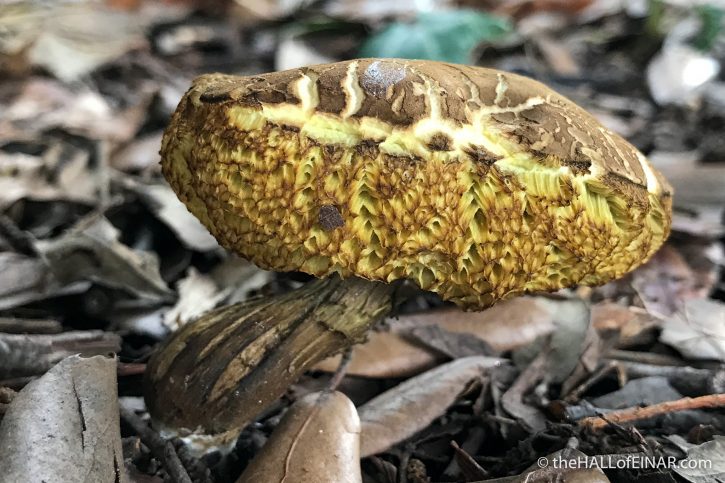
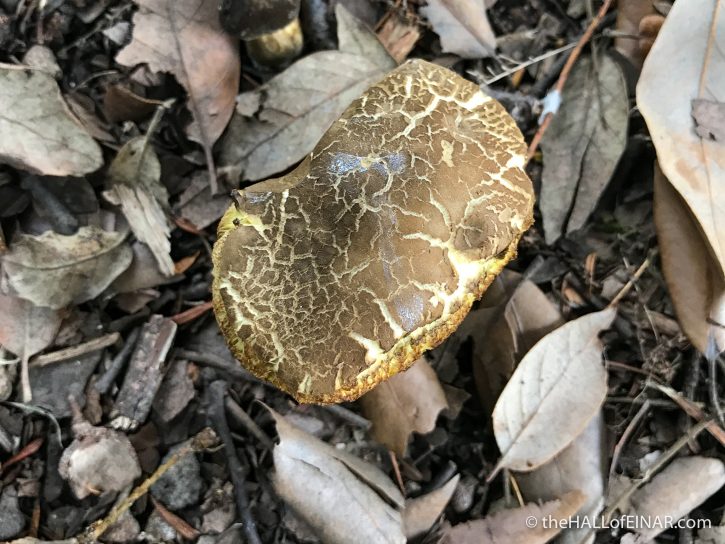
There’s Ganoderma resinaceum, a massive bracket fungus on one of the impressive evergreen oaks which shelters the Boletes. It’s a rare fungus in the UK.
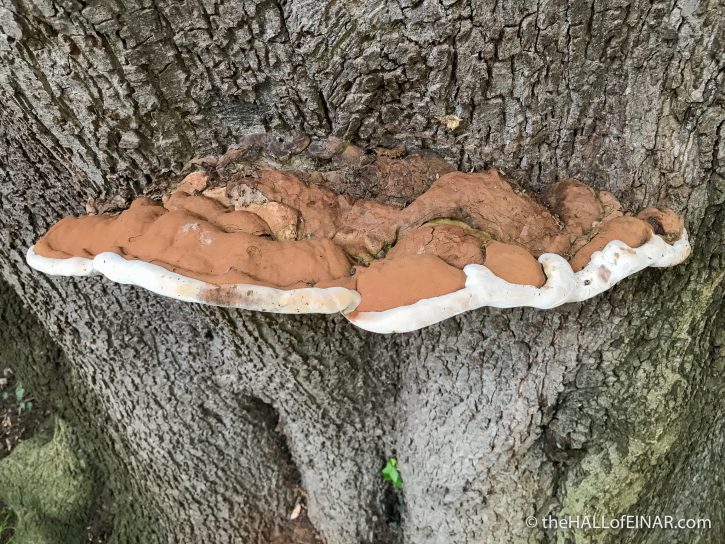
There’s a parasol mushroom, Macrolepiota konradii, here too, with fabulous patterns on its cap.
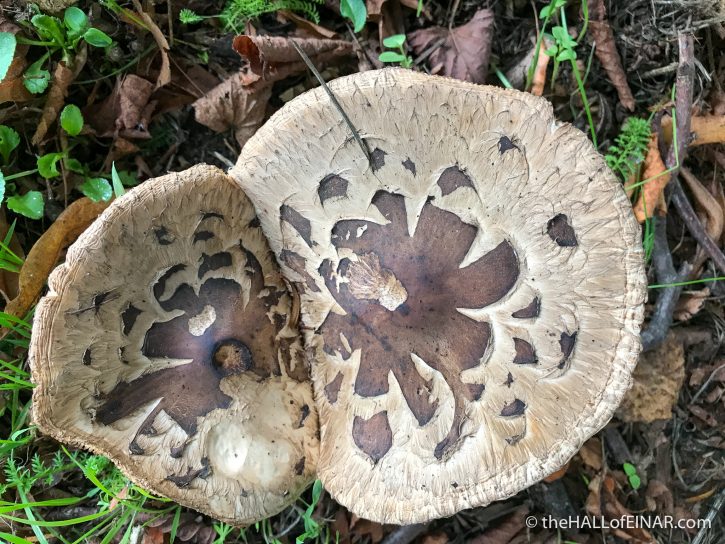
I can see some large caps of fungi growing under the trees. They have salmon-pink gills and heavily patterned tops. They are Agaricus subperonatus. They are described as ‘uncommon’ and ‘an infrequent find’.:
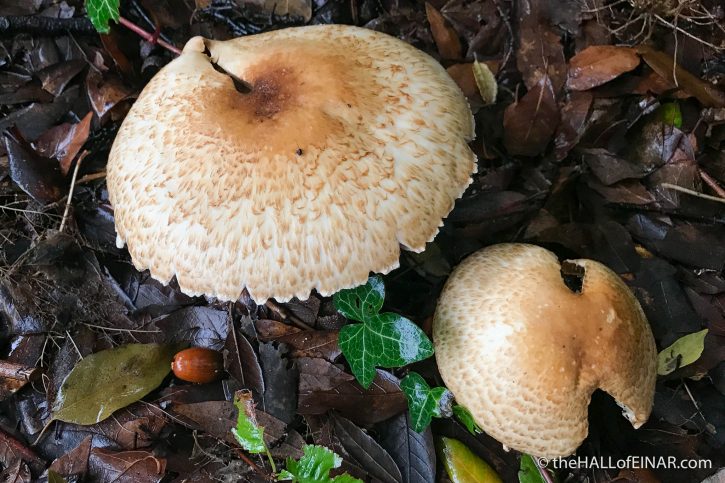
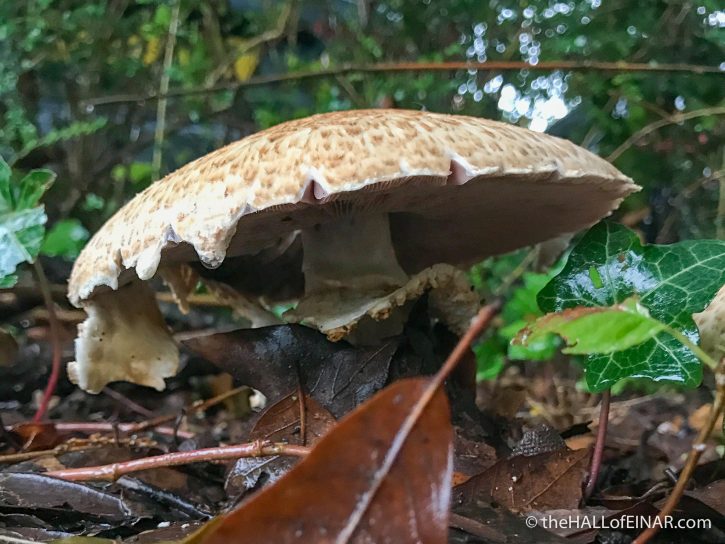
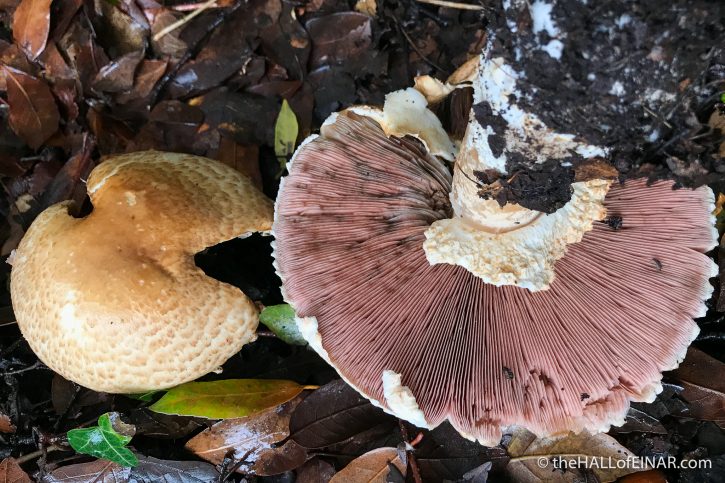
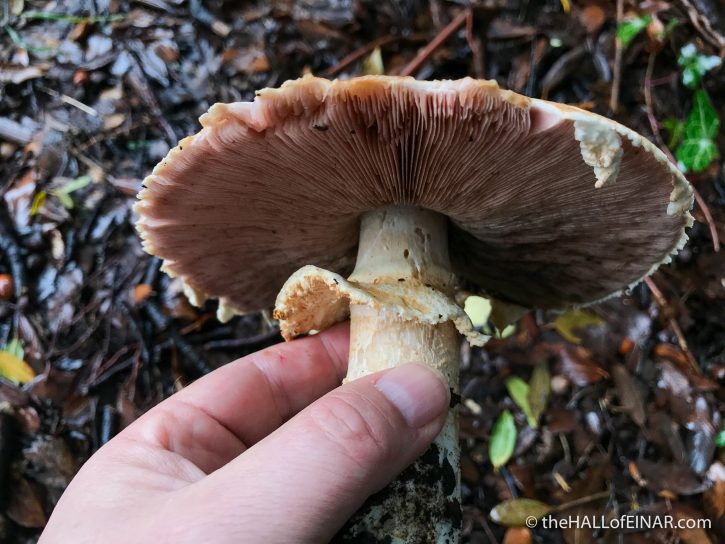
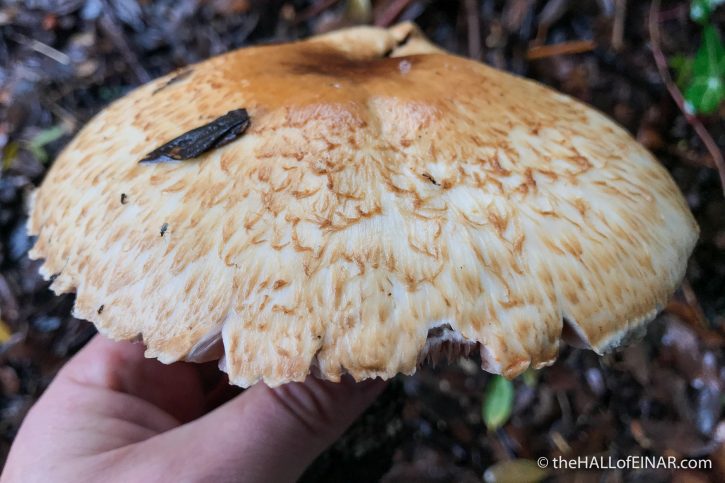
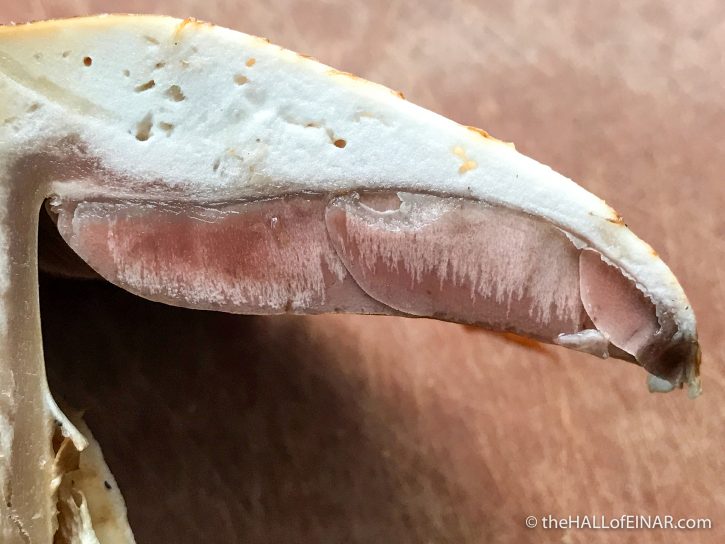
I think they are beautiful. So do the maggots of fungus gnats.
There’s an impressive fairy ring of mushrooms in the far corner of the churchyard. They are Clitocybe gibba, the Common Funnel:
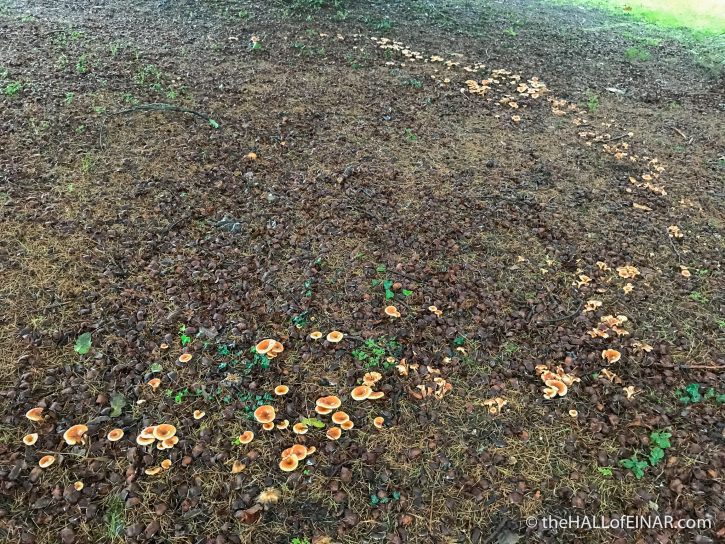
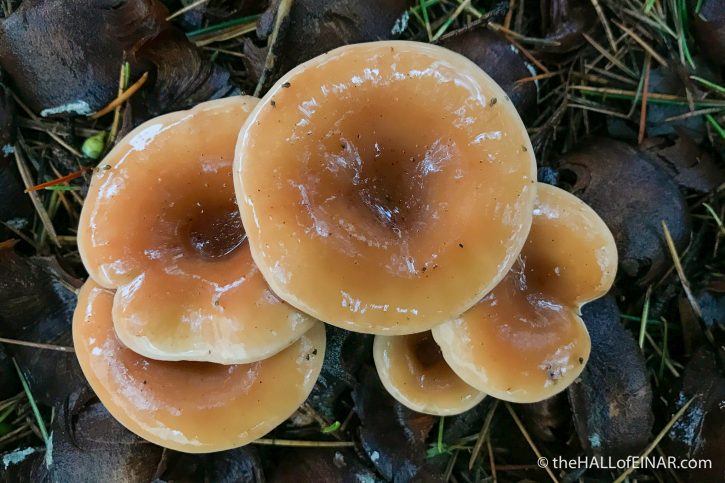
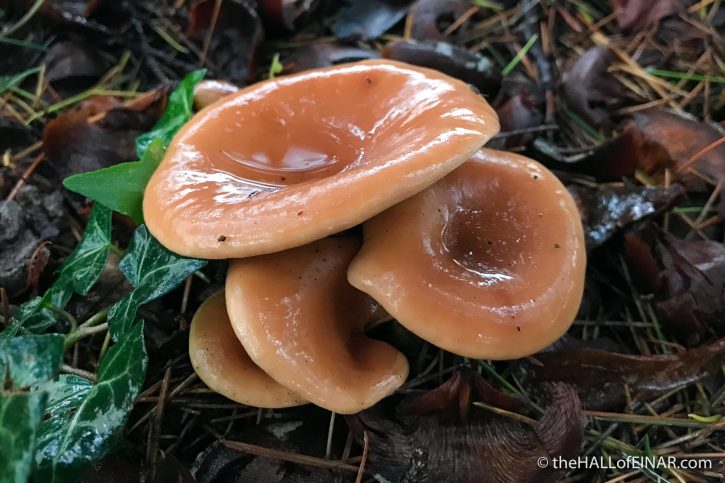
I love the way they adapt to the presence of other fruiting bodies by rippling their rolled rims.
There are also some Cortinarius species here. I haven’t identified this one to species level. It’s looking a little dried and dishevelled.
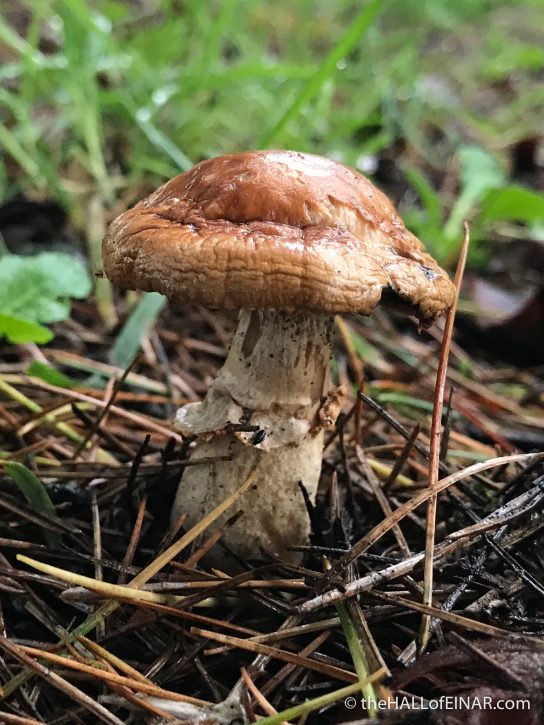
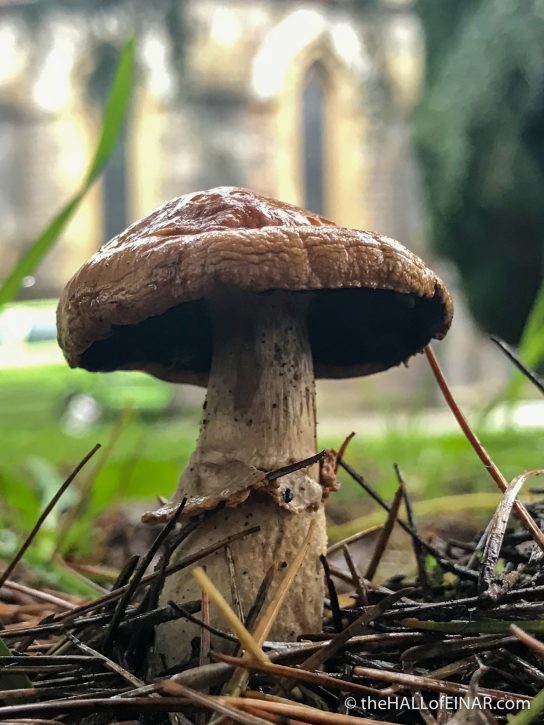
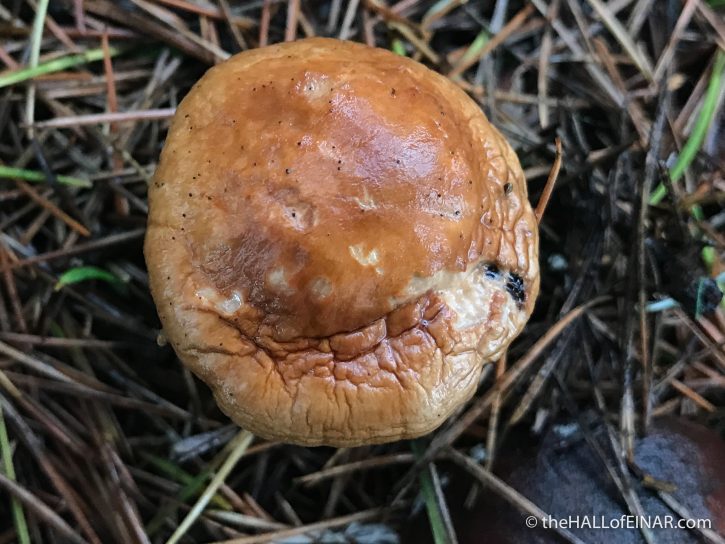
There’s a Wrinkled Club fungus here amongst the pine needles. It’s Clavulina rugosa.
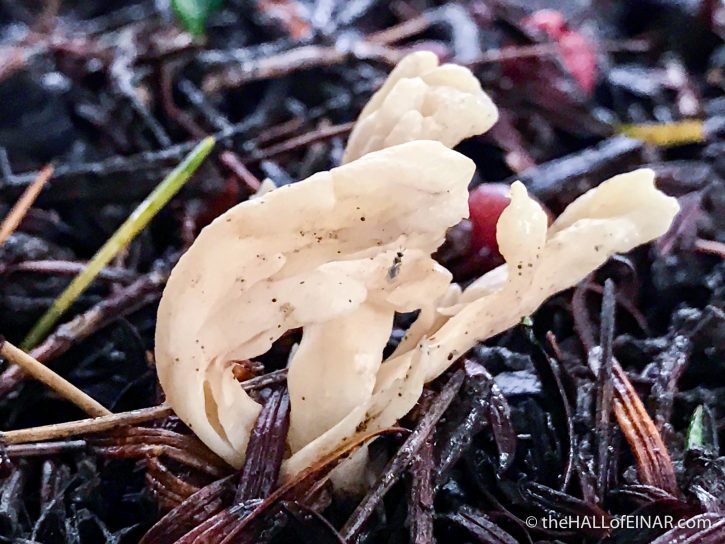
There are also a few unusual earthballs here. They are not the usual Scleroderma citrinum, but Scleroderma cepa instead. The cracking on them is beautiful.
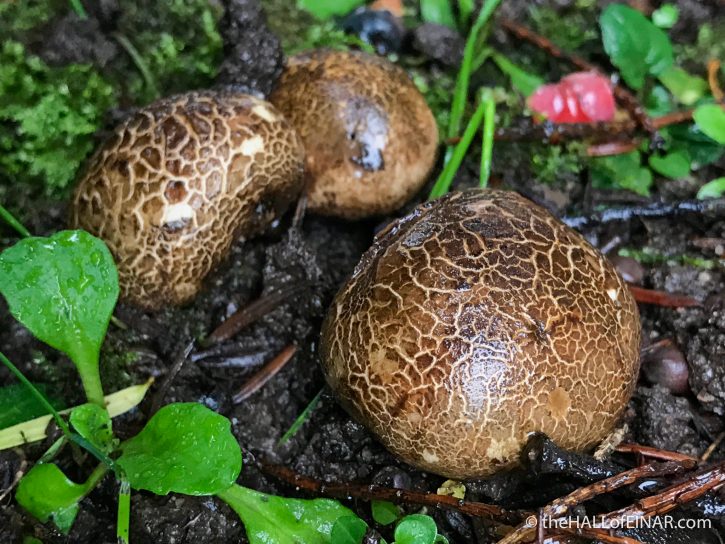
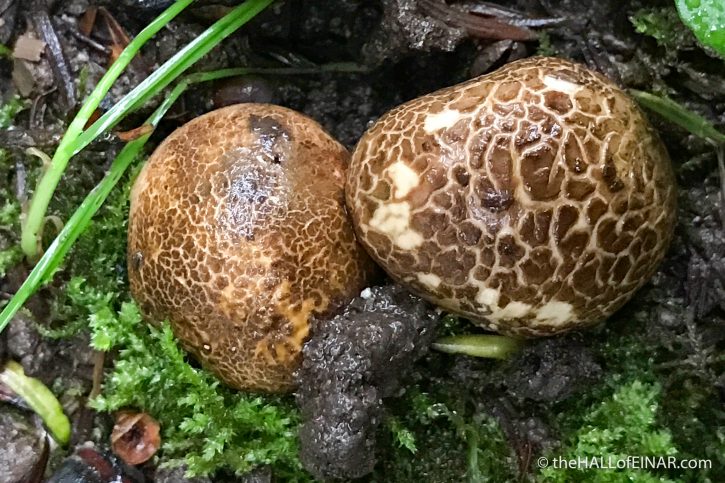
There’s a lovely example of Tricholoma saponaceum, the Soapy Knight, which is very variable, but always smells of soap. This one is no exception.
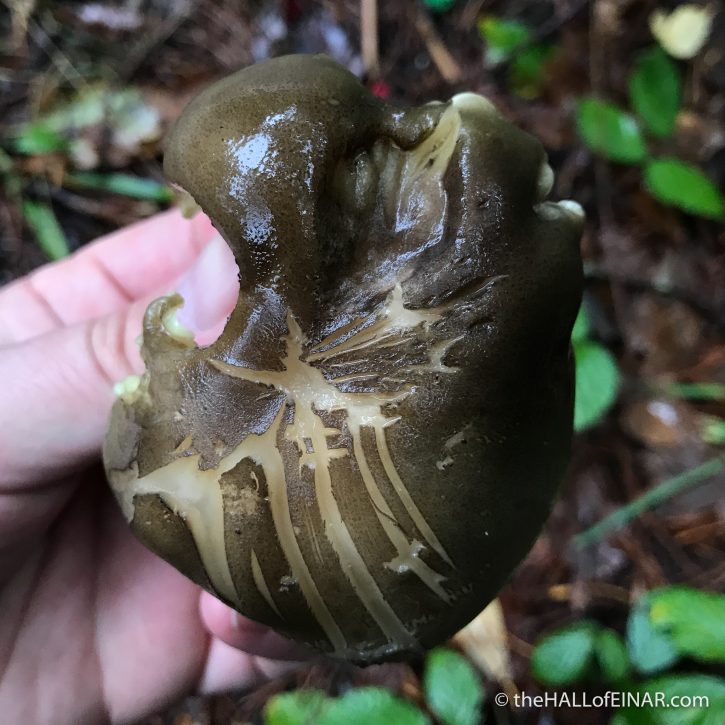
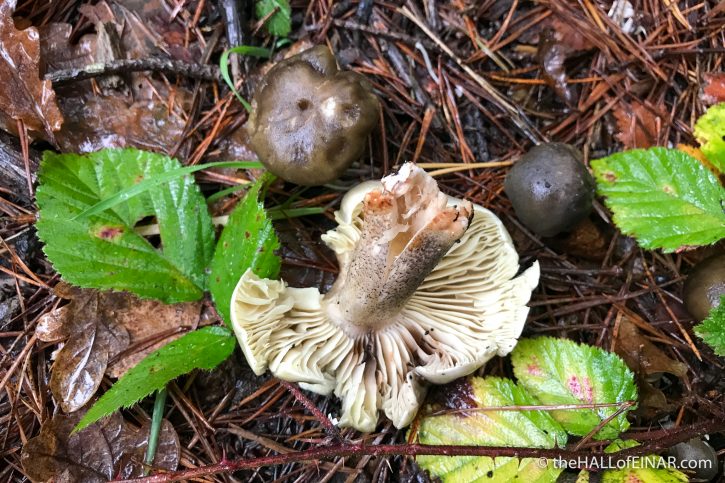
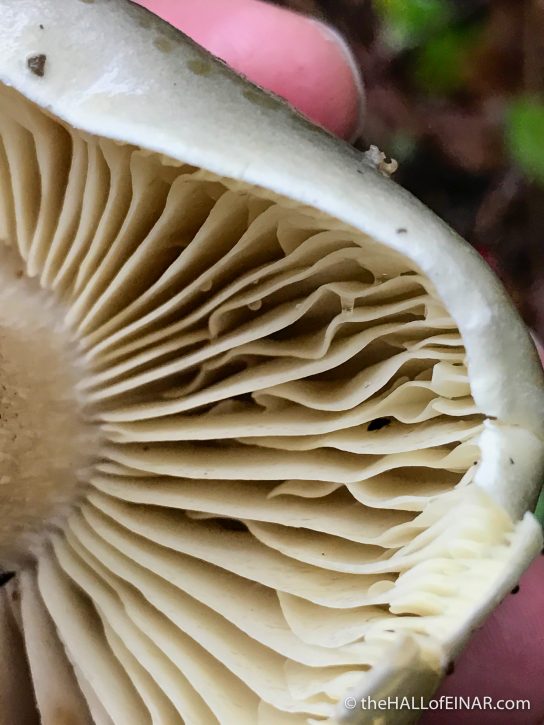
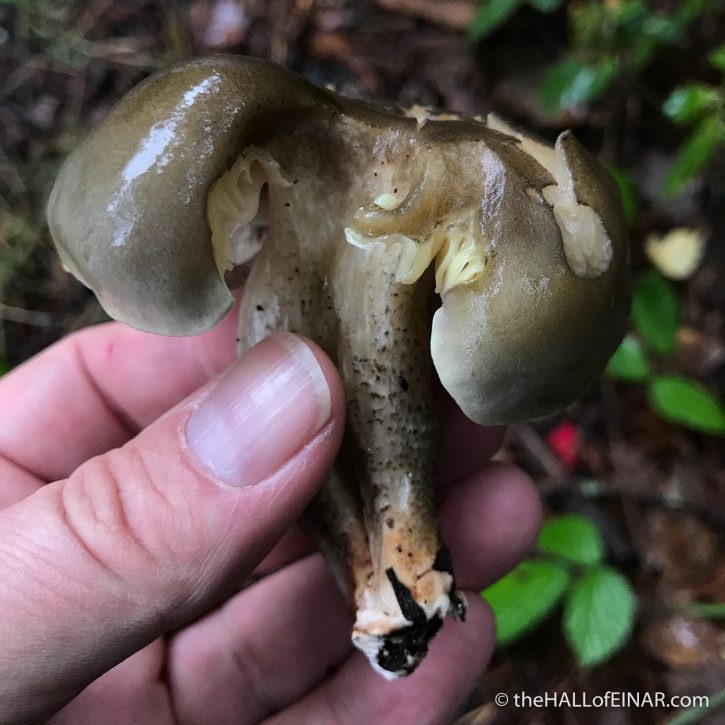
Okay, yes, I admit it’s unusual to go around sniffing mushrooms, but it’s an important part of identifying many species.
Talking of Knight fungi, the Tricholomas, the final one for today’s doorstep foray is the Sulphur Knight, Tricholoma sulphureum. It has the most extreme smell of what is described as coal gas. As with many of the smells of fungi in guide books, it says much of the period of their discovery. Specific fungi are said to smell of bed bugs or coal gas. How many people know those smells nowadays?
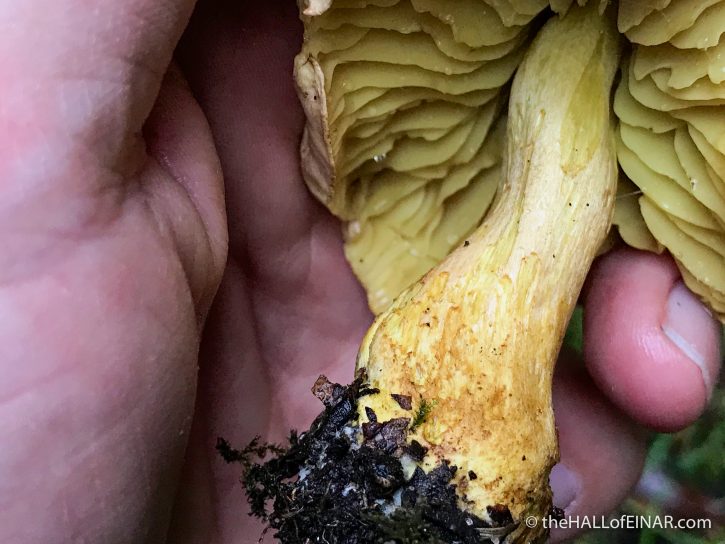
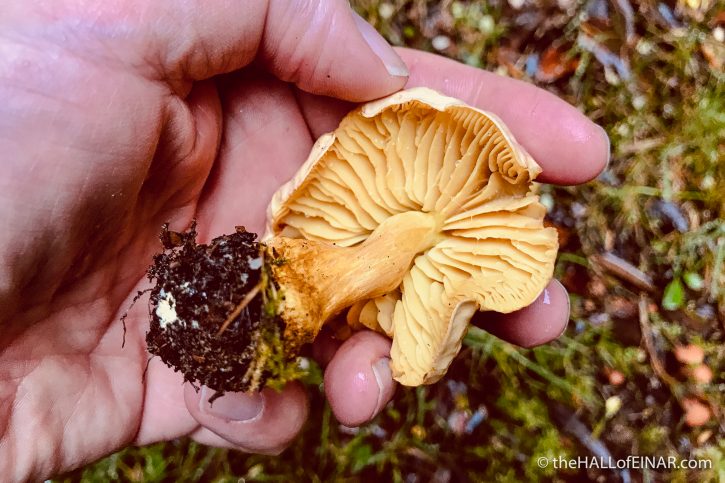
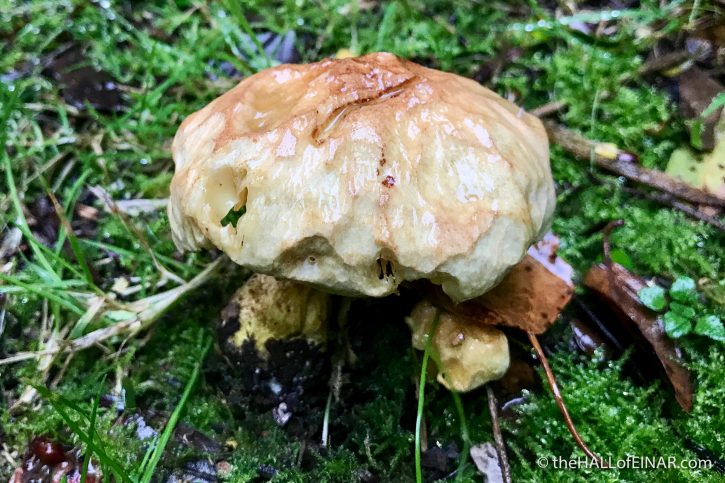
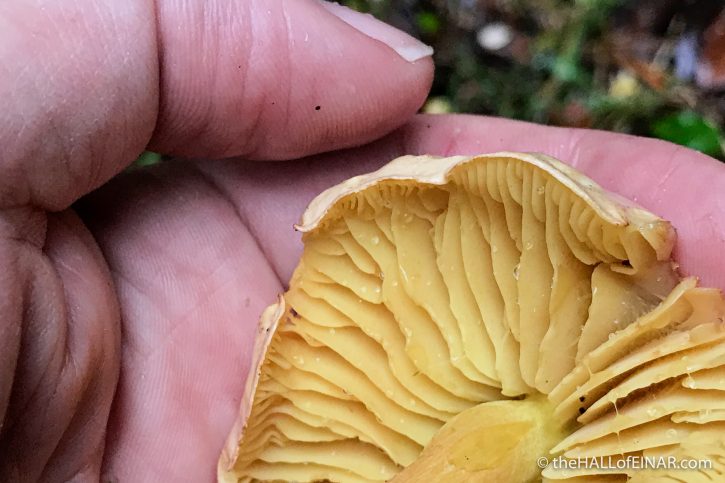
Fewer than sniff mushrooms, I suspect.
More Fungi
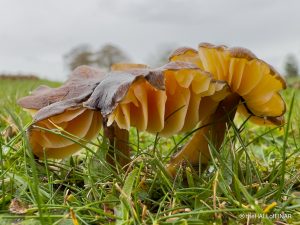 A date with Waxcaps A trip to Somerset to see my friend Martin had the unintended bonus of a walk and a crop of… read more
A date with Waxcaps A trip to Somerset to see my friend Martin had the unintended bonus of a walk and a crop of… read more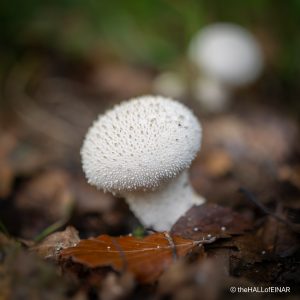 Woodland gem-studded marvels It's 47 years ago today that I first noted down Common Puffballs in my nature notebooks. The tiny gem-like spikes… read more
Woodland gem-studded marvels It's 47 years ago today that I first noted down Common Puffballs in my nature notebooks. The tiny gem-like spikes… read more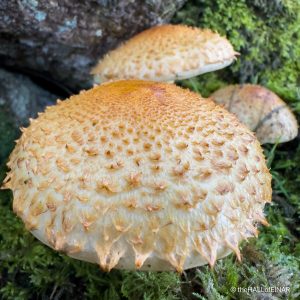 ‘Tis the season for Shaggy Scalycaps It's 47 years today since I first saw Shaggy Scalycaps and wrote about them in blue biro with a pencil… read more
‘Tis the season for Shaggy Scalycaps It's 47 years today since I first saw Shaggy Scalycaps and wrote about them in blue biro with a pencil… read more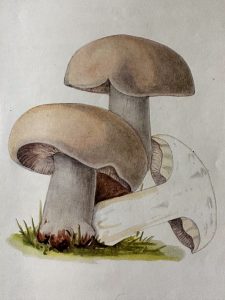 Cry “God for Harry, England and St George’s Mushrooms.” Tomorrow is St George's day, which is an important day in my calendar. That's not because I'm particularly nationalistic, swept… read more
Cry “God for Harry, England and St George’s Mushrooms.” Tomorrow is St George's day, which is an important day in my calendar. That's not because I'm particularly nationalistic, swept… read more Dead Man’s Fingers It's cold on Dartmoor but it's always worth making it to Fingle Bridge. I'm looking forward to a pint in… read more
Dead Man’s Fingers It's cold on Dartmoor but it's always worth making it to Fingle Bridge. I'm looking forward to a pint in… read more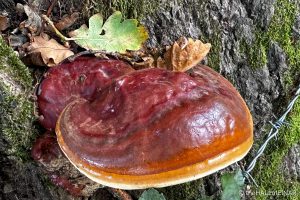 A Red Belted Conk There's the familiar orange-red band on this Red Belted Conk. Lovely, isn't it? Its scientific name is Fomitopsis pinicola. It… read more
A Red Belted Conk There's the familiar orange-red band on this Red Belted Conk. Lovely, isn't it? Its scientific name is Fomitopsis pinicola. It… read more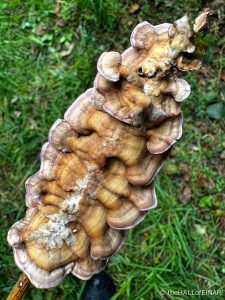 Purple Curtain Crust I do love a good fungusy twig. Here's one with Purple Curtain Crust, Chondrostereum purpureum, rippling on it like a… read more
Purple Curtain Crust I do love a good fungusy twig. Here's one with Purple Curtain Crust, Chondrostereum purpureum, rippling on it like a… read more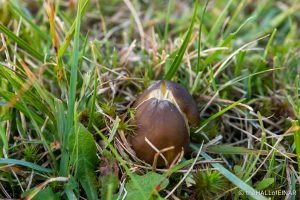 One of Britain’s rarest fungi So you think it doesn't look like much? I think it looks fabulous. It's growing in the short grass around… read more
One of Britain’s rarest fungi So you think it doesn't look like much? I think it looks fabulous. It's growing in the short grass around… read more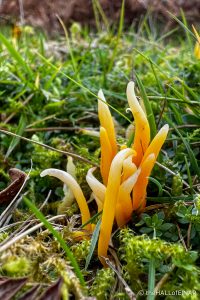 Yellow fingers grow from the short sward There are apricot-yellow fingers of fungus growing in the short sward at Emsworthy Mire. Fabulous, aren't they? They are the… read more
Yellow fingers grow from the short sward There are apricot-yellow fingers of fungus growing in the short sward at Emsworthy Mire. Fabulous, aren't they? They are the… read more